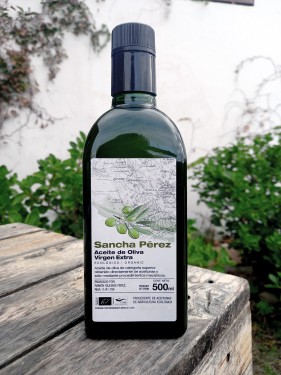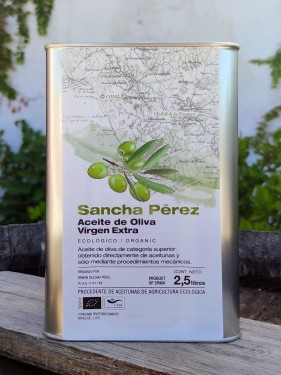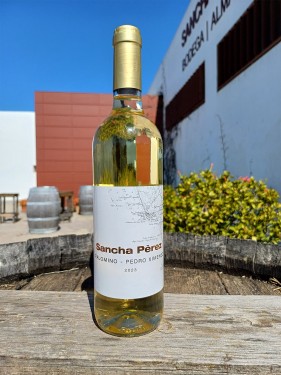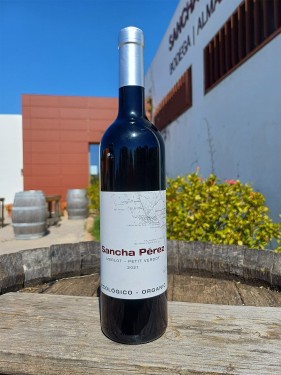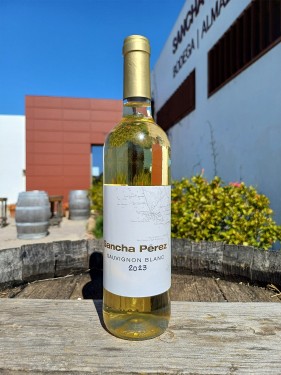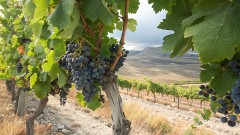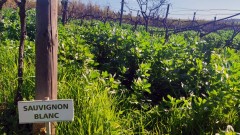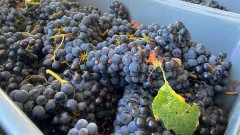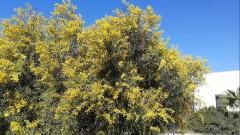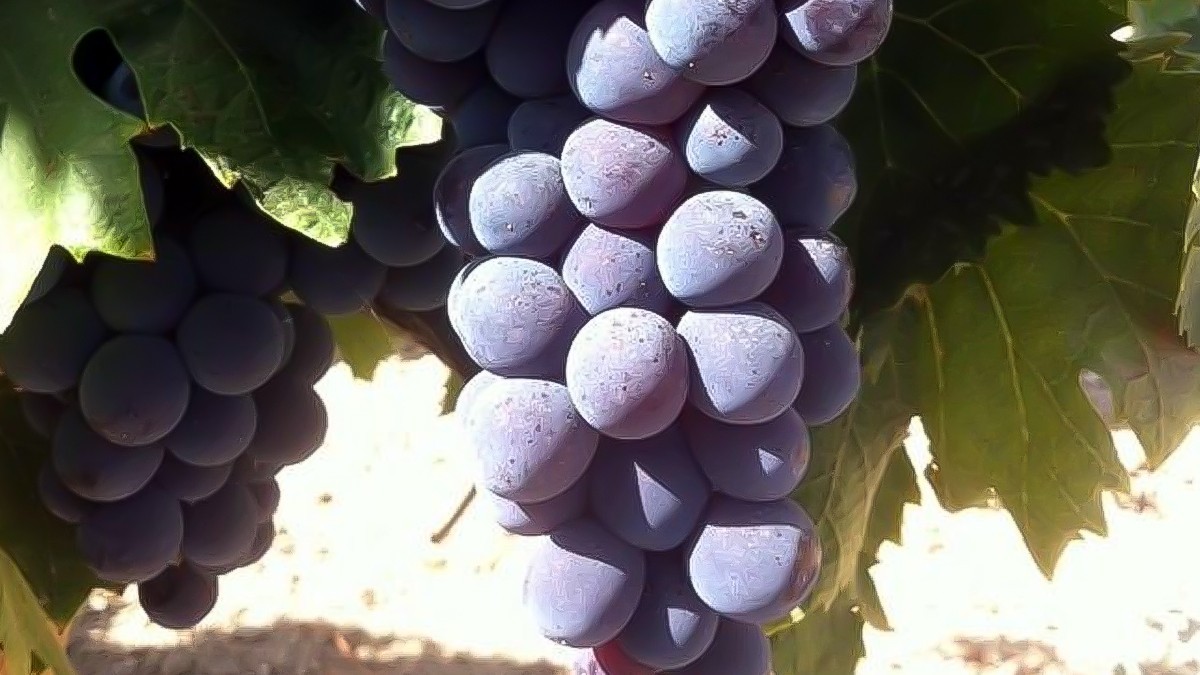
Today we want to introduce you to Tintilla de Rota, a native grape variety from Cádiz, which has historically been planted in the province since ancient times and, after being almost endangered, is currently giving us great joy. The earliest records of winemaking with this variety date back to the 17th century, when wines were even made for export due to their high quality. It is said that Tintilla de Rota was the first variety planted in this area.
In the Essay on the Varieties of Common Grapevine Growing in Andalusia published by Simón de Roxas Clemente in 1807, this Andalusian variety was cataloged. The 19th century saw a great boom in its cultivation in the area, producing both sweet and dry wines. There are references to awards in numerous international competitions, such as gold medals at the 1867 Paris Expo. At the beginning of the 20th century, the cultivation of Tintilla declined, displaced by the Palomino variety, to the point of being threatened with extinction.
Tintilla de Rota is a late-budding and late-ripening vine, upright in growth and with very low yield. The best soils for planting are sandy and clayey soils. The grapes are small, spherical, and dark bluish-black to black in color, with small clusters. It has a low juice yield, with high sugar content and medium acidity. Both dry red and sweet wines can be made depending on the production method.
For some years now, some wineries from Cádiz and neighboring provinces have been betting on this variety, producing both sweet and dry red wines that stand out for their high quality. Wineries such as El Gato, Ferris, Lustau, and González Byass have made sweet wines from Tintilla grapes, among which the traditionally made sweet red wine by González Byass, Tintilla de Rota from Finca Moncloa, stands out.
The surprise came recently when young winemakers and producers have embraced this type of grape and are creating high-expression red wines of great quality. Below, we want to highlight some of them: the Gómez Lucas brothers, from San Fernando, make a 100% Tintilla called Mahara, which has amazed the American wine critic Parker. They make a natural red wine, produced entirely artisanally with barrel aging, conveying the terroir and the Levante and Poniente Atlantic winds — an elegant wine.
At Bodega de Forlong, Alejandro Narváez and Rocío Áspera, from El Puerto de Santa María, make the red wines Forlong Assemblage and Petit Forlong with a blend of Syrah, Tintilla, and Merlot grapes. They also produce their first monovarietal of this variety, which surprises with impressive aromas. At Compañía de Vinos del Atlántico, Alberto Orce makes two monovarietal wines, Atlántida and Vara y Pulgar, a fresh and long wine with mineral notes that make it different.
The Jerez native Santi Jordi, president of the Spanish Winemakers Association, makes Margarito & Amapolo, a 50%-50% blend of Tintilla and Petit Verdot, which obtained 93 points in the Wine Up guide. It is lively yet voluminous, silky with an intense and long finish. Willy López, together with his family at Bodegas Luis Pérez, make Tintilla wines, masterpieces that convey the expression of the grape and the albariza soil, powerful yet fresh, velvety, and with an intense finish. Last year, they released another monovarietal called El Triángulo, made from grapes from the Balbaína estate and bottled unfiltered and unfined. We must not forget the “garage” wines made in Rota by José Antonio Rodríguez Peque, one of the people who can teach us the most about this grape due to his great knowledge and research on it.
Other wineries in the province of Cádiz that produce wines with this grape include Etú Vinos in Vejer de la Frontera, Hacienda Parrilla Alta in San José del Valle, and news has reached us that the organic winery Sancha Pérez in Conil de la Frontera is also working on producing a monovarietal Tintilla that will be released after spending twelve months in barrel. Outside the province of Cádiz, the organic winery Kieninger produces the author’s wine Maxx, about 900 bottles, made with Garnacha and Tintilla de Rota grapes, and from Cazalla de la Sierra, also organic, Colonias de Galeón, using grapes from vineyards very close to Doñana, produces the young wine Lincesa.
Surely we have left out more wineries that make wines with this grape we so much like, so we ask you that if you know of any, besides those already mentioned, please let us know via our email info@andaluciadevino.com. Finally, we invite you to the Tintilla de Rota Days organized annually by the Rota City Council along with the Tintilla Association, which this year will celebrate its tenth edition. From andaluciadevino.com, we want to wish you a Happy New Year and invite you to discover and enjoy our Andalusian wines.

